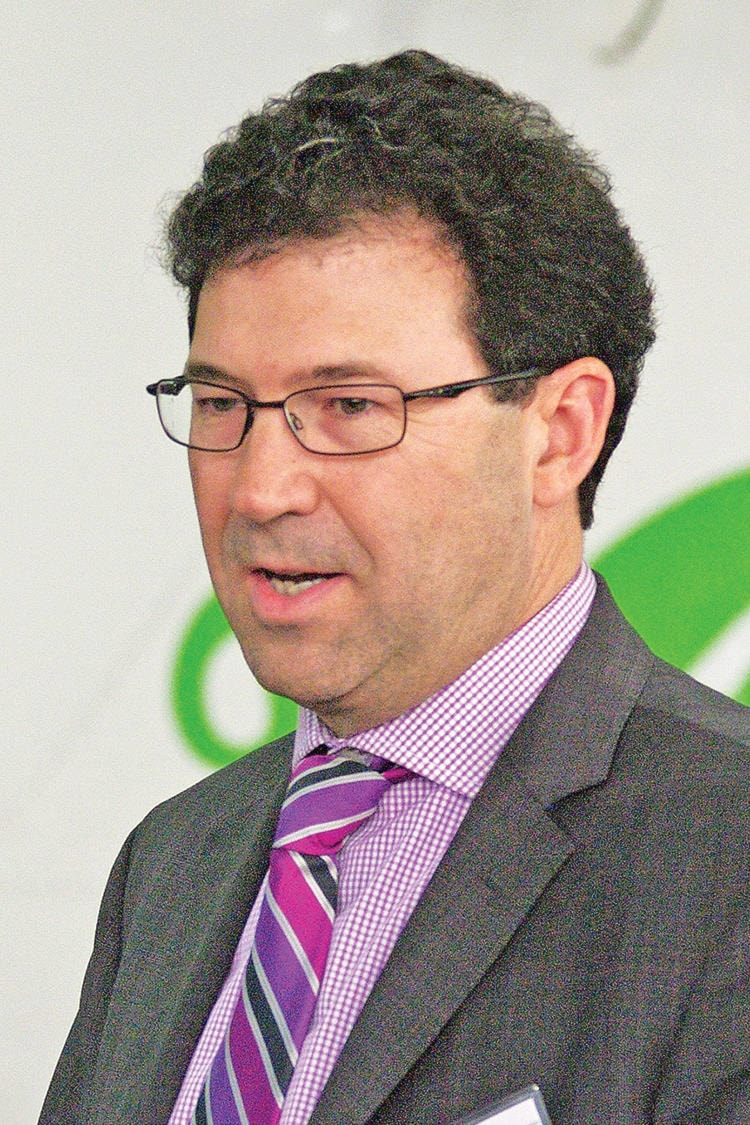Tim Collins
News staff
Recent lay-offs by Viking Air in Sidney has workers and union representatives concerned.
Viking Air Ltd. is a significant employer on the Saanich Peninsula and, in the past, has been touted as “leading job creator” in Sidney.
That characterization, in part, led the former Clark government to send Finance Minister Mike de Jong and International Trade Minister Teresa Wat to last year announce the first $1 million of a $5 million commitment to help develop the provincial aerospace industry. The announcement was made at Viking Air in Sidney where President and CEO, David Curtis stated, “Viking has long seen the need for this type of support to develop the aerospace industry in our region”.
Clark tweeted: “With over 450 employees, Viking Air is a leading job creator in #Sidney. Our gov’t is proud to support this company.”
But since that time, the company has been faced with lower than anticipated sales of its Twin Otter which, at a base price of about $7 million, formed the foundation of the company’s hopes for prosperity.
“The fact is that we were producing more aircraft than we were selling,” said Curtis, acknowledging that sales to China, Russia and elsewhere had not been as strong as expected.
So it came as no surprise to Jeannie Blaney, Unifor Local 114, union representative for the local production workers, when, in May of this year, Viking announced the lay-off of 212 workers from its plants in North Saanich and Calgary (136 in North Saanich and 76 in Calgary). That 90 day lay-off began on July 28 and has left Blaney asking questions.
“To begin with, the union has been very concerned about the amount of sub-contracted work going to Wichita, Kansas, a so called right to work state. That right to work involves lower wages and requirements for things like having to work 23 days straight without a day off or face termination. These aren’t Canadian values and we have been pressing Viking to bring those jobs back,” said Blaney.
Another question revolves around Viking’s recent acquisition of the worldwide amphibious aircraft program from Bombardier, including the CL-145 water bomber and its variants. That plane has been the backbone of fire fighting water bomber missions around the world and Curtis has been very optimistic about its capacity to reinvigorate Viking.
“While its obvious that the Twin Otter has been successful, we (Viking) had become reliant on one aircraft. The 145 will expand that capacity and give us the capacity to grow. The market for water bombers is strong, particularly with the sorts of fire seasons we’re now seeing world wide.”
Yet Blaney wonders if the shift to the CL-145 will have much benefit to Sidney. An announcement on the acquisition, made in Calgary where the company has increased its production space to 250,000 square feet, saw Curtis state there was an opportunity to “make aerospace a pretty big deal in the Calgary region. It has the potential for 900 new jobs, and depending on how you multiply that, about 2,000 indirect jobs.”
Sidney’s operations were not mentioned at the time, either in Calgary or Sidney.
Curtis responded to the concern that jobs may be slated for Calgary by pointing out the decision to start production of new CL-145s has not been made. Even if it is decided to do so, he said it would be impossible to construct the aircraft in Sidney, due to the lack of space.
“This is a very big aircraft and we don’t have the hanger space anywhere in Sidney to do the work here. But, if we decide to pull the trigger and start production in Calgary, the Sidney operation would obviously be involved in the production of component parts.
“A rising tide raises all boats.”
Where the 90 day lay-off is concerned, Curtis would not definitively say that all the workers would return at the end of that time.
“That will obviously depend on how successful we are with sales on the Twin Otter,” he said.



